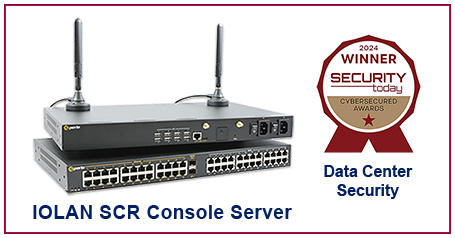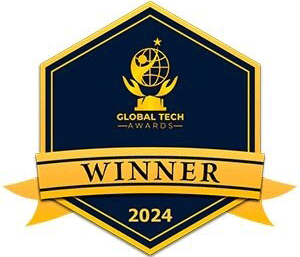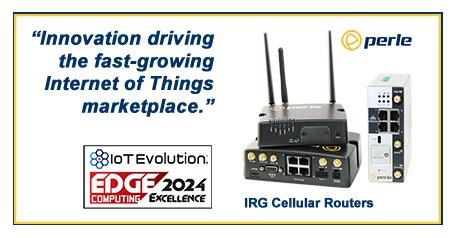
Smart grid investments led by appliances, IoT
By Donna DonnowitzFebruary 19, 2014
Of course, the smart thermostat trend isn't the only area having an impact on smart grid growth and demand. According to FierceSmartGrid, the Internet of Things movement is also having a direct effect on smart grid efficiency.
Oleg Logvinov, a member of the IEEE-SA Corporate Advisory Group and the IEEE-SA Standards Board, driving the development of its IoT workshops, recently discussed the impact the two movements have on each other, and how they are connected.
"I think of smart grid as a core subset of IoT - a smart power grid will encompass many smart things in the Internet of Things, from smart homes and buildings to smart cities, from renewable energy integration to the electrification of transportation," Logvinov told the source. "All the elements of smart grid, from generation - centralized or distributed - to transmission to distribution, where the real action is, will be nodes on the IoT. Smart infrastructure, automated buildings and manufacturing, personal networks - all of these advancements will function more optimally with smart grid in place."
When considering the improvement of their own smart grid networks, the inclusion of high-quality media converters, serial to Ethernet converters and similar hardware will help providers ensure they are meeting data and power demands and preparing for future innovations, directed by IoT and new appliance development, as well.
Perle offers a range of cost effective serial-to-Ethernet converters to help meet NERC-CIP compliance for the protection of critical cyberassets in substations. The IOLAN SDS HV/LDC Terminal Server is designed to meet harsh environments associated with Power Substations with attributes such as support for substation AC and DC voltage ranges, extended operating temperatures and meeting emission, immunity and safety approvals associated with substation IT equipment.



